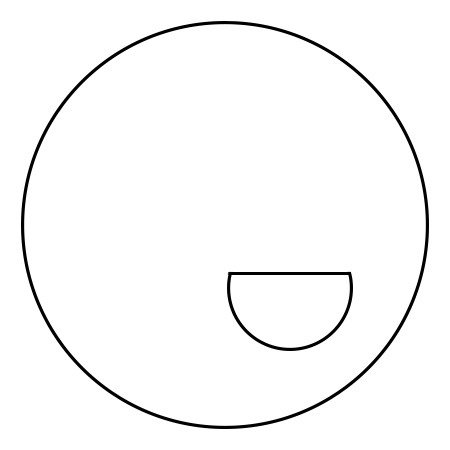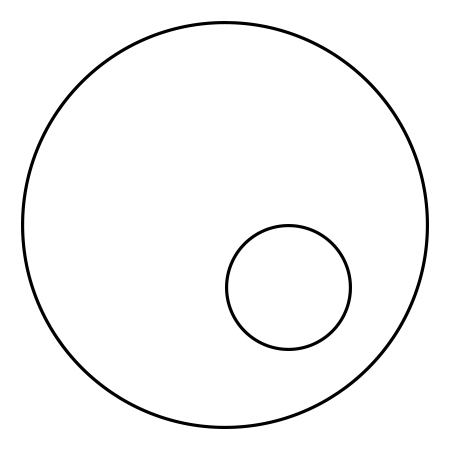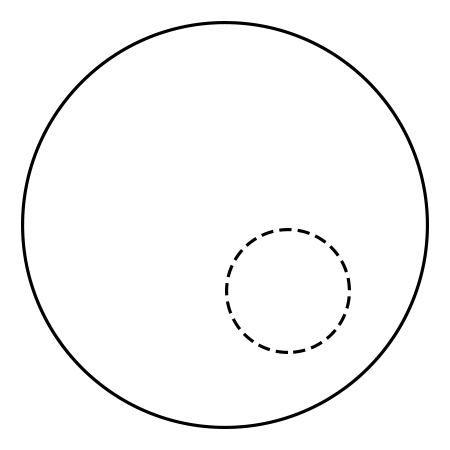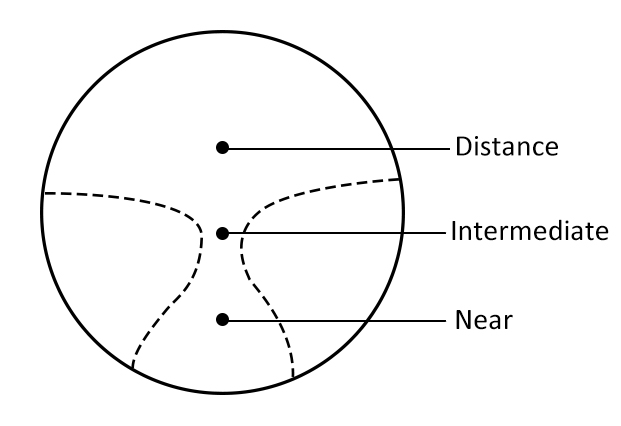Single Vision Lens VS. Bifocal VS. Progressive
single vision lenses offer a single optical correction. This means that they distribute focus evenly over the entire lens, instead of splitting the focus between the top and bottom half, as is the case with bifocals. Single vision glasses are the most common type of prescription, and can correct either nearsightedness (myopia) or farsightedness (hyperopia). If your doctor has not specified a more specialized prescription, chances are that you will need single vision glasses. There are many reasons you may need a single vision prescription. Some consumers use single vision lenses in their reading glasses, allowing for a crisp and clear image up-close. Others benefit from maximum clarity at a distance, for example, when using single vision prescription glasses when driving.
Bifocals help those that require vision correction for myopia (short-sightedness) and presbyopia (long-sightedness). The lenses allow clear vision at either distance within one pair of spectacles.
They can be thought of as ordinary prescription lenses with an additional reading segment. The reading segment is usually positioned towards the lower part of the lens

D Seg Bifocals
The reading area of the D Seg Bifocal looks like a letter D positioned on its side. They may be referred to as a Flat Top Bifocal. The D Seg is the easiest Bifocal design for a wearer to adapt to. Because of this, it’s the most popular type on the market today.
The reading segment is available in various types. The most widely used lenses are D 28 and D 35. The D 28 segment is 28mm wide and the D 35 is 35mm wide.

D Seg Bifocals
The reading area of the D Seg Bifocal looks like a letter D positioned on its side. They may be referred to as a Flat Top Bifocal. The D Seg is the easiest Bifocal design for a wearer to adapt to. Because of this, it’s the most popular type on the market today.
The reading segment is available in various types. The most widely used lenses are D 28 and D 35. The D 28 segment is 28mm wide and the D 35 is 35mm wide.

Blended bifocals
Although most bifocals have visible lines at the border of lens segments, there is a blended round-seg bifocal that has a less noticeable near segment than its regular round-seg cousin.
The near seg is blended into the distance portion of the lens so that it is virtually invisible.
With no visible lines, a blended round seg bifocal offers a more youthful appearance than lined bifocals.
Progressive lenses have three prescriptions in one pair of glasses. That allows you to do close-up work (like reading a book), middle-distance work (like checking out a website on a computer), or distance viewing (like driving) without needing to change your glasses. They're sometimes called multifocal lenses.

Progressive lenses are an update on bifocal and trifocal lenses. Both of these more traditional types of glasses have telltale lines in the lenses. Progressives have a seamless look. Sometimes they're called "no-line bifocals," but that's not quite right. It would be more accurate to call progressive lenses "no-line trifocals."
With progressive lenses, you won't need to have more than one pair of glasses with you. You don't need to swap between your reading and regular glasses.
Vision with progressives can seem natural. If you switch from viewing something up close to something far away, you won't get a "jump" like you would with bifocals or trifocals. So if you're driving, you can look at your dashboard, at the road, or at a sign in the distance with a smooth transition.
Post time: Apr-08-2022

